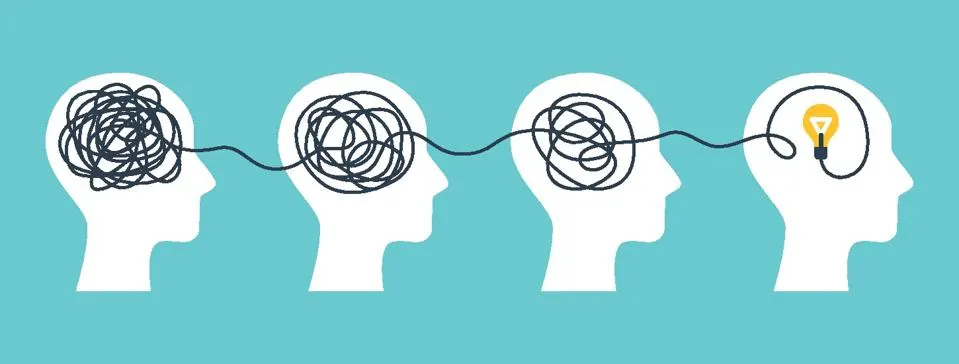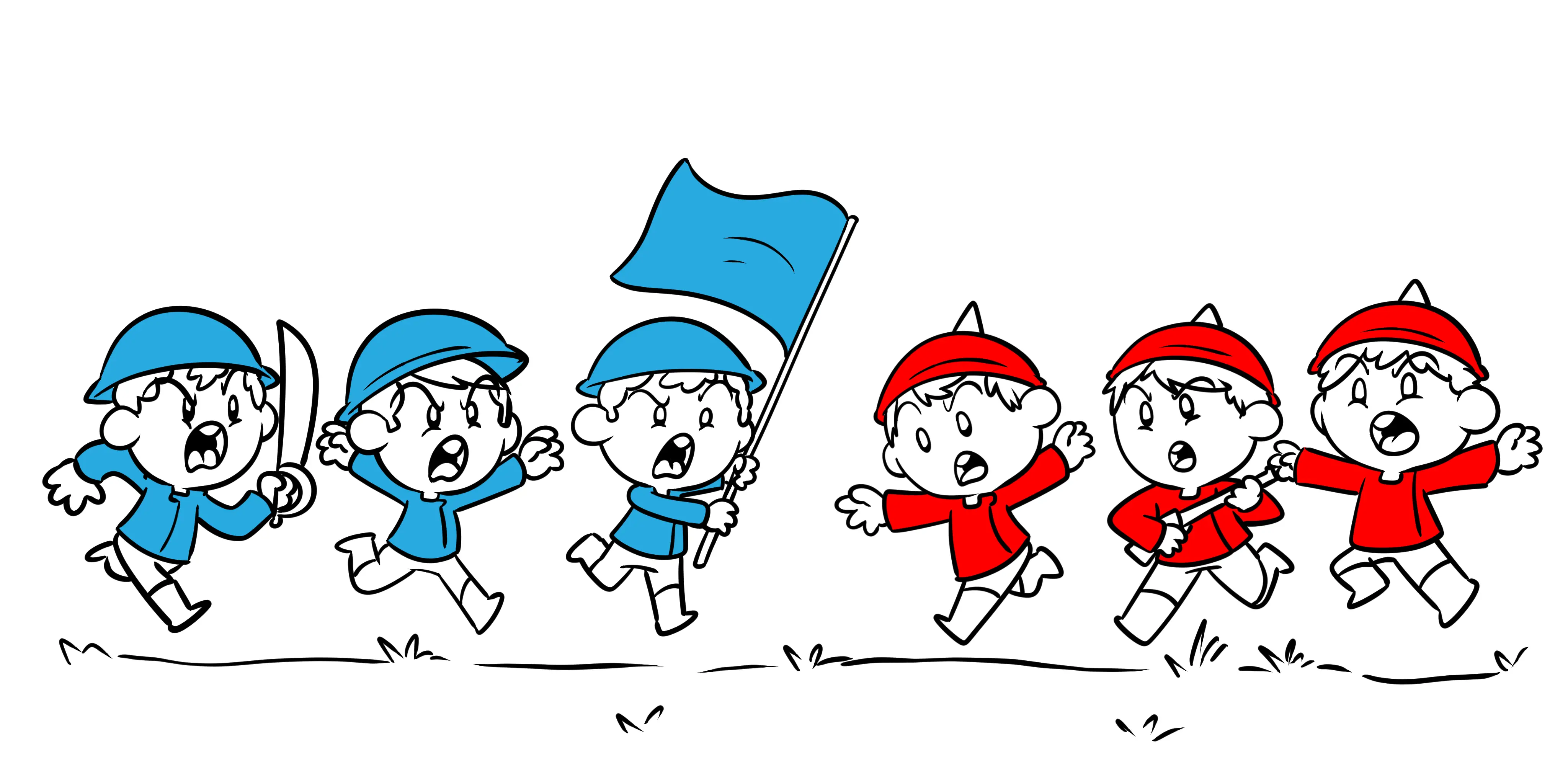Imagine a scenario: You’re getting ready for a crucial party with your partner, Emma, and you want to wear sleek black shoes. However, Emma insists that you should opt for brown shoes instead. How do you navigate this situation without escalating into a heated argument? Many people often believe that negotiation should result in a win-win or a 50-50 outcome. But what if I told you there’s another way, one that doesn’t involve wearing mismatched shoes?
In this article, we’ll delve into the art of negotiation, guided by the wisdom of Chris Voss, the author of the New York Times best-selling book,
“Never Split the Difference: Negotiate As If Your Life Depends On It.”
Chris Voss

Chris Voss is no ordinary negotiator; he’s spent over two decades as an FBI hostage negotiator, dealing with high-stakes situations involving kidnappers, bank robbers, and extreme terrorists. Remarkably, the negotiation principles he’s honed in life-threatening scenarios are equally applicable to everyday business and personal interactions.
Whether you’re convincing your kids to go to bed early or persuading a friend to try a different restaurant, negotiation is an essential skill. Chris Voss argues that negotiation isn’t about ‘your way‘ or ‘my way‘; it’s about finding a ‘third way‘ that leaves both parties satisfied.
In this article, we’ll explore five essential lessons from Chris Voss’s book that can transform you into a more effective negotiator. We’ll also address frequently asked questions about negotiation to help you navigate your way through complex discussions.
Lesson 1: Understand First

Every negotiation begins with a fundamental truth: people want to be understood and accepted. It’s the foundation of effective communication. Listening, truly listening, is the most powerful tool at your disposal when it comes to understanding others.
The Power of Listening
| Listening | Benefits |
|---|---|
| Demonstrates empathy | Builds rapport |
| Shows a sincere desire to understand | Avoids misunderstandings |
| Enhances communication | Increases trust |
| Fosters better problem-solving | Reduces conflicts |
Think about how many times you’ve spoken to someone who seemed completely uninterested in what you were saying, as if you were discussing entirely different topics. It’s a common experience, and it happens because people often focus on what they’ll say next rather than truly listening to the other person.
To be successful in negotiation, you must ensure the other party feels heard. This doesn’t mean formulating your counter-argument while they speak; it means actively absorbing their words, empathizing with their perspective, and acknowledging their feelings.
Lesson 2: Negotiation Is Not a Battle; It’s a Discovery

Negotiation shouldn’t be viewed as a battle of wits, where the goal is to overpower the opponent with a barrage of arguments. Instead, it’s an opportunity for discovery. Your objective is to uncover what the other party truly wants, whether it’s money, time, respect, recognition, or something else entirely.
Tools for Effective Negotiation
| Tactic | Description |
|---|---|
| Smiling | Creates a positive atmosphere and enhances cognitive function |
| Mirroring | Repeating the last three words of your opponent’s statement to encourage them to reveal more |
| Tactical Empathy | Understanding the emotions and obstacles of the other person and using labeling to create rapport |
| Diffusing Negatives | Identifying and addressing negative emotions to clear the path for productive discussions |
| Start with No | Initiating negotiations with a ‘no’ to maintain control and encourage cooperation |
| “That’s Right” | Repeating the other party’s words to demonstrate understanding and agreement |
Smiling may seem like a simple gesture, but it can have a profound impact on negotiations. It’s akin to flipping a switch in the brain, illuminating the pathway to positivity. In contrast, mirroring, which involves repeating the last few words your opponent said, can feel strange at first but is an incredibly effective technique to encourage the other party to share more information.
Lesson 3: Tactical Empathy

Tactical empathy is the ability to understand the emotions and mindset of the other person, particularly focusing on identifying the emotional obstacles that hinder agreement. Once you’ve identified these emotions, you can use labeling to acknowledge and validate them.
Leveraging Tactical Empathy
| Tactic | Description |
|---|---|
| Labeling | Summarizing and reflecting your opponent’s emotions to create rapport |
| Diffusing Negatives with Labels | Identifying and addressing negative feelings before they derail the negotiation |
Labeling involves summarizing your opponent’s emotions with phrases like “It seems like” or “It sounds like.” This technique not only confirms that you’ve correctly identified their feelings but also strengthens the connection between you. When someone feels understood, they’re more likely to cooperate.
In the context of negotiation, diffusing negatives with labels can be a game-changer. By preemptively addressing any negative feelings or concerns your opponent may have, you pave the way for a more productive discussion.
Lesson 4: Start with No

Contrary to popular belief, saying “no” at the outset of a negotiation isn’t a roadblock; it’s the starting point for constructive discussions. When you start with “no,” you maintain control and create a sense of safety for both parties.
The Power of Starting with No
| Starting with No | Benefits |
|---|---|
| Maintains control | Creates a sense of safety |
| Encourages cooperation | Eliminates distractions |
| Focuses on implementation | Promotes quicker decision-making |
Starting with “yes” often results in commitment anxiety, where individuals feel trapped or obligated. It distracts from the negotiation itself as people become preoccupied with how to exit the commitment.
In contrast, beginning with “no” allows for a more relaxed, focused discussion. It also encourages the other party to provide details about their concerns and preferences.
Lesson 5: “That’s Right“

One of the most powerful phrases in negotiation is “That’s right.” When your counterpart utters these words, it signifies that they feel heard and understood. It’s a pivotal moment that often leads to successful agreements.
The Impact of “That’s Right”
| “That’s Right” | Implications |
|---|---|
| Indicates understanding | Strengthens agreement |
| Signals empathy | Accelerates the negotiation process |
| Encourages collaboration | Creates a positive atmosphere |
To elicit a “That’s right” from your counterpart, you simply echo their words, demonstrating that you’ve grasped their perspective. This seemingly straightforward act is immensely powerful, as it amplifies the other party’s empathy toward you and accelerates the path to agreement.
Frequently Asked Questions (FAQs) about Negotiation:
Now that we’ve explored the five key lessons from Chris Voss’s negotiation strategy, let’s address some common questions that often arise when it comes to negotiation:
1. What is the difference between negotiation and compromise?
- Negotiation involves finding a mutually agreeable solution that benefits both parties, often by understanding and addressing each other’s needs and concerns. Compromise, on the other hand, typically involves meeting in the middle, where both parties make concessions to reach an agreement.
2. Is negotiation only applicable in business settings?
- No, negotiation is a skill that’s valuable in various aspects of life, including personal relationships, family dynamics, and even everyday decisions. It’s about finding common ground and making choices that satisfy all parties involved.
3. How can I handle a negotiation when emotions run high?
- When emotions are intense, it’s crucial to employ tactical empathy by understanding the emotions at play and labeling them. This can help de-escalate the situation and create a more conducive environment for negotiation.
4. Can negotiation be effective in resolving conflicts within a team or organization?
- Absolutely. Negotiation can be instrumental in resolving conflicts within a team or organization. By listening, empathizing, and seeking a common ground, team members or colleagues can find solutions that benefit everyone and promote harmony.
5. What should I do if the other party refuses to cooperate in a negotiation?
- If the other party refuses to cooperate, it’s essential to maintain a calm and empathetic approach. You can employ mirroring to encourage them to share more and use labels to address any negative feelings or concerns they may have. Remember, negotiation is about finding a third way that makes both sides happy, and patience is often key.
Takeaway
Mastering the art of negotiation is a skill that can significantly enhance your personal and professional life. Drawing insights from Chris Voss’s expertise as an FBI hostage negotiator, we’ve explored essential lessons that can transform you into a more effective negotiator.
Remember that negotiation isn’t about winning or losing; it’s about understanding, empathy, and collaboration. By listening attentively, employing tactics like mirroring and labeling, starting with “no,” and using phrases like “That’s right,” you can navigate complex negotiations with finesse.
Keep in mind that negotiation is a lifelong learning process. Practice these techniques, adapt them to various situations, and continually refine your skills. The more you hone your negotiation abilities, the more successful and satisfying your interactions with others will become. So, embrace the art of negotiation, and watch your relationships and opportunities flourish.











